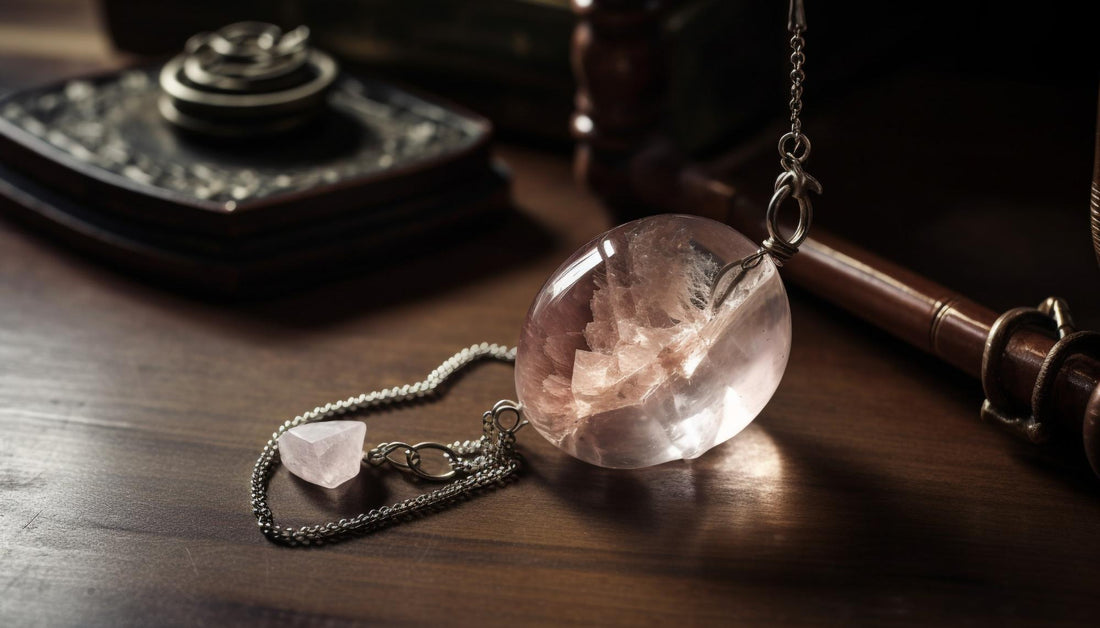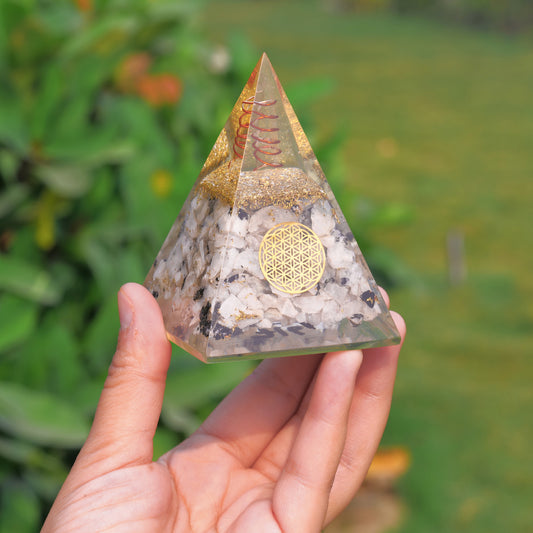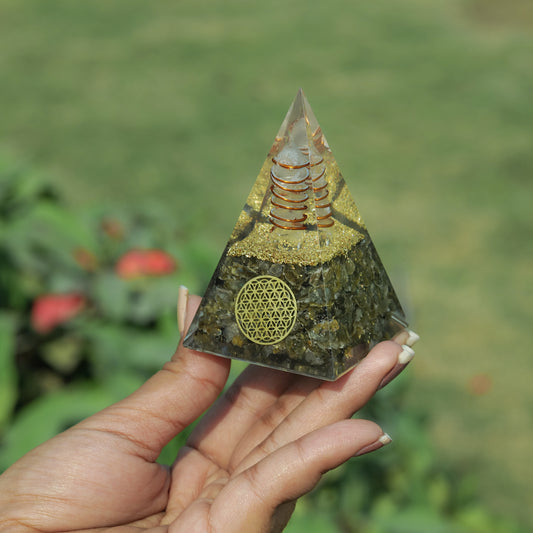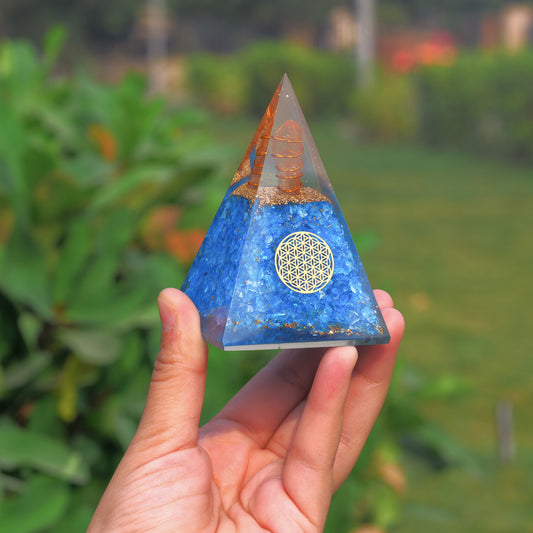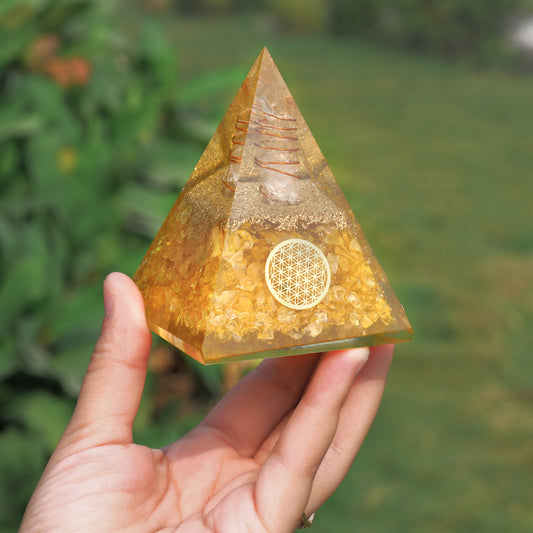Crystals have fascinated humans for centuries, not only for their beauty but also for their metaphysical properties. From amethyst to quartz, crystals are thought to carry healing energy and have been used in various cultures for spiritual and physical well-being. But behind these exquisite stones lies an intricate natural process that occurs over millions of years. So, how exactly are crystals formed? In this blog, we will explore the science behind crystal formation, from the molecular level to the environmental factors that contribute to their creation.
The Building Blocks: Atoms and Molecules
The formation of crystals begins at the molecular level, where atoms and molecules come together to form repeating patterns. Crystals are solids whose atoms are arranged in highly ordered, repeating structures. This arrangement is what gives crystals their characteristic shapes, such as cubes, hexagons, or tetrahedrons. The process of crystal formation is called crystallization, which occurs when certain conditions—like temperature, pressure, and chemical composition—are just right.
At its core, the process of crystallization is about energy balance. When atoms and molecules lose energy, they tend to form stable, repeating patterns. These repeating units, or unit cells, come together to form a larger crystal lattice. The type of atoms involved and the environmental conditions determine the specific shape and size of the crystal.
The Role of Temperature and Pressure
Temperature and pressure play crucial roles in crystal formation. Different types of crystals form under varying conditions of heat and pressure. For example, quartz, one of the most common minerals on Earth, forms in environments with moderate temperatures and pressures. On the other hand, diamonds form deep within the Earth's mantle, where extremely high pressures and temperatures create the ideal environment for crystallization.
As temperature decreases, the energy levels of atoms and molecules decrease as well, allowing them to bond and form a crystalline structure. In many cases, crystals form from molten rock, or magma, deep within the Earth's crust. As the magma cools, different minerals crystallize at different temperatures. For instance, olivine is one of the first minerals to form from cooling magma, while feldspar and quartz crystallize at lower temperatures.
The rate of cooling also affects crystal size. When magma cools slowly, crystals have more time to grow and often become larger. On the other hand, rapid cooling results in smaller crystals, as seen in volcanic glass, where cooling occurs almost instantaneously, preventing the formation of a crystalline structure.
Crystallization from Solutions
Crystals can also form from solutions when a liquid becomes saturated with dissolved minerals, and these minerals start to solidify. This type of crystallization happens when the concentration of a substance exceeds its solubility—the maximum amount that can be dissolved in a solvent, like water. When this threshold is crossed, the excess material begins to form crystals.
One of the most well-known examples of this process is salt crystals forming from evaporating seawater. As the water evaporates, it leaves behind dissolved salts that eventually crystallize. Similarly, cave formations, such as stalactites and stalagmites, are formed by the slow dripping of mineral-rich water. Over time, the water evaporates, leaving behind mineral deposits that gradually build up into these beautiful formations.
In hydrothermal environments, where water is heated by geothermal energy, crystals can also form from superheated solutions. Hot water circulates through cracks in the Earth's crust, dissolving minerals from the surrounding rocks. As the water cools, these dissolved minerals precipitate out of the solution and crystallize. Many valuable gemstones, such as amethyst and tourmaline, are formed through this hydrothermal process.
The Role of Time in Crystal Formation
Time is an essential factor in crystal growth. While some crystals can form relatively quickly, such as frost crystals that appear on windows in cold weather, most crystals form over thousands, if not millions, of years. The longer a crystal has to grow, the larger and more well-defined it becomes. This is why certain crystals, like diamonds and emeralds, are so rare and valuable—they have taken millions of years to reach their current size and quality.
Time also affects the perfection of a crystal's structure. Crystals that form slowly tend to have fewer imperfections because they have more time to align their atoms in a perfect lattice. In contrast, crystals that form rapidly are more likely to have flaws or irregularities in their structure.
The Influence of Environmental Factors
The environment plays a significant role in determining the type and quality of crystals formed. Factors such as temperature, pressure, the presence of water, and chemical composition all influence crystallization. For instance, geodes are hollow, spherical rocks that contain crystals formed from mineral-rich solutions. The interior of a geode provides a perfect environment for crystals to grow, as it maintains stable conditions over long periods.
In contrast, crystals that form near volcanic activity may be subject to sudden changes in temperature and pressure, resulting in smaller or less well-formed crystals. Similarly, crystals that form in sedimentary environments, where minerals are deposited layer by layer, often have unique patterns and inclusions that reflect the conditions in which they were formed.
Metamorphic Crystals
Another fascinating type of crystal formation occurs during metamorphism, a process in which rocks are subjected to extreme heat and pressure, causing their mineral content to recrystallize without melting. During metamorphism, existing minerals are transformed into new minerals with different crystalline structures. For example, graphite can transform into diamond under the right conditions of temperature and pressure. Similarly, garnet and kyanite are metamorphic minerals that form deep within the Earth.
Conclusion: A Natural Wonder
Crystals are more than just beautiful stones; they are natural marvels that tell the story of Earth's geological processes. From the molecular alignment of atoms to the environmental conditions that shape them, crystal formation is a complex and fascinating phenomenon. Whether formed deep within the Earth's mantle, in a cave, or in a solution, each crystal carries with it the history of its creation.

